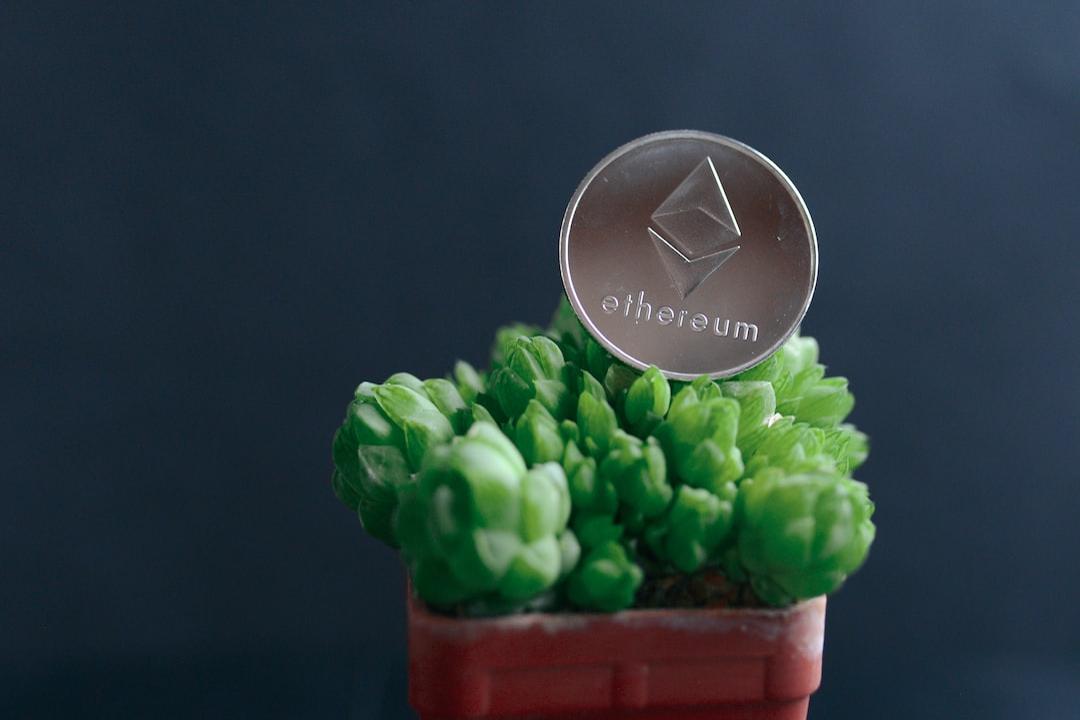“We want all the remaining Bitcoins to be made in America!” Republican presidential candidate Donald Trump expressed strong support for Bitcoin last month in a Truth Social post. In the same article, he recognized the geopolitical significance of the world’s largest cryptocurrency and warned that any policy attempting to hinder Bitcoin “will only help Russia.” Trump’s statement not only made him the first nominee from a major party to support Bitcoin but also brought the discussion of classifying Bitcoin as a strategic reserve asset into focus.
Due to politically friendly leaders towards Bitcoin, these discussions are increasingly gaining attention in policy circles. For example, former presidential candidate Vivek Ramaswamy has been advising President Trump on Bitcoin and digital assets since January. In the final weeks of his campaign, Ramaswamy took a unique stance, suggesting that the dollar be backed by a basket of commodities, which could include Bitcoin.
Ramaswamy’s plan echoes a similar proposal by independent presidential candidate Robert F. Kennedy, where a small portion of U.S. Treasury bonds “would be backed by hard currency, gold, silver, platinum, or Bitcoin.” The purpose of the proposals by Ramaswamy and Kennedy is to curb inflation by pegging the dollar to deflationary assets, thereby maintaining its value over time.
Senator Cynthia Lummis, known as the “Cryptocurrency Queen” of Congress, is another proponent of using Bitcoin to improve national finances. In February 2022, she suggested that the Federal Reserve diversify its $40 billion foreign currency balance sheet by adding Bitcoin. She still sees the benefit of holding digital currency as part of the national financial portfolio.
Following Trump’s post hinting at the growing political importance of Bitcoin, I asked Senator Lummis for her views on the discussion around Bitcoin as a strategic reserve asset. Senator Lummis seemed very interested in the idea. In her own words: “Bitcoin is an incredible store of value, and I certainly see the benefits of diversifying our national investment.”

